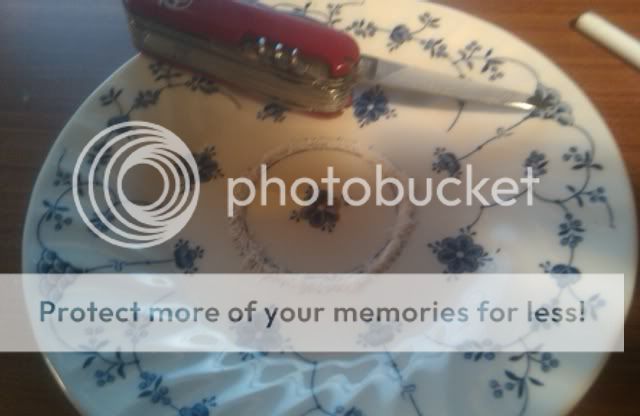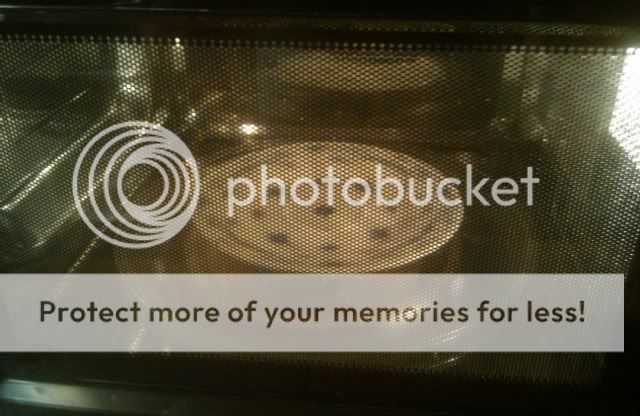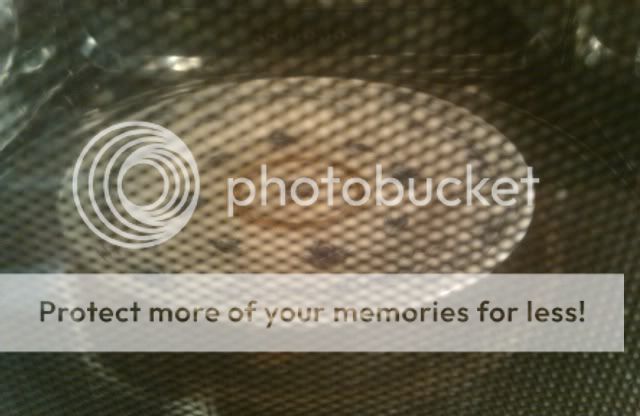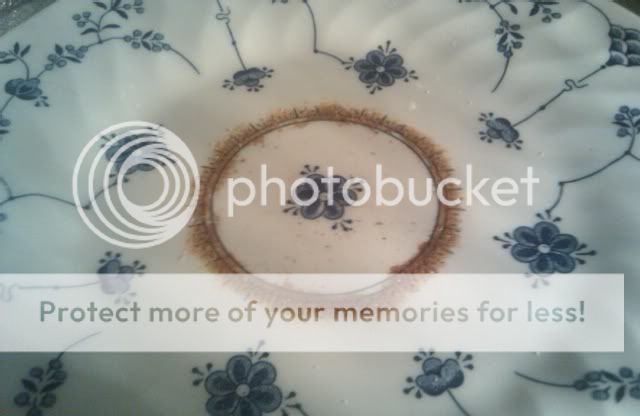I haven't really spent anytime following this thread. I won't explain. I did spend a day reading about solubility of the various constituents of the new oxycodone formulation. There are several, of course, because the idea was to create a complex matrix to defeat simple extraction like one might have done in the past with water.
Let me tell you what I don't like about the things I've read on this site. They seem to lack any quantitative analysis. For instance, if I were to devise a method for extracting oxycodone hydrochloride from this mess of adulterants I'd add some more information to show to any degree that I had had some success, like how many mg's I had upon separating one from the other. Apart from that it's hard to tell what is working and what is not working and what is working to a degree, possibly an unsatisfactory degree. Anyway, to no surprise, I took 40mg of the new OP formulation and so I started reading again.
So, it seems to me that hypromellose is the main thing to remove but, of course, there are others (BHT or, Butylated hydroxytoluene, is the first on the list of inactive ingredients and I assume it's the largest constituent...of course, it's a phenol and any NaOH wash will remove this. It will make your oxycodone hydrochloride into oxycodone freebase but that is not a real issue). I found a journal article that deals with aspirin in a hypomellose tablet. This is a good comparison study because aspirin is very soluble in water as is oxycodone hydrochloride. Unfortunately, hypromellose is also soluble in water and forms a polymer system upon the introduction of water that makes separation very difficult. In the article I read (most of anyway) they made up tablets of ~50% aspirin and ~50% hypromellose. It was found that concentrations of 40% ethanol and greater retarded the formation of the gelatin-like polymer that occurs upon the addition of water. Water, of course, is a great extraction solvent because the oxycodone has been made into an organic salt for the purpose of making it soluble in water and, thus, greater bioavailability is created. Anyway, I am theorizing that everclear (in my state it's 75.5% ethanol and 24.5% water) would be a decent solvent for extracting oxycodone hydrochloride because even the minimal amount of water will extract oxycodone.HCl very easily but the increased ethanol seems to keep the desired effect of the adulterants from doing what they are designed to do in the presence of water. Anyway, this will be what I try first.
I might add that I never really thought something like this would be the answer and still don't. I imagined that we'd have to dissolve the binders in a solvent that oxycodone hydrochlorise was not soluble in and then move on to acid/base extraction (this is only viable in large quantities, of course). I still think that the best yields upon extraction will be reached by dissolving the adulterants in a non-polar that will not dissolve oxycodone hydrochloride and then performing a base extraction but for those wanting to just extract a reasonably pure oxycodone that might be smoked or...dare I say...even injected without using lots of processes that are hard for the average user to understand or do on a small scale will be to comprimise by using a solvent that has selectivity towards oxycodone hydrochloride and very little solubility for other ingredients in the tablet. For now, I am thinking an ethanol/water co-solvent might be the best bet. Here's the link:
http://www.callumconsultancy.com/articles/InfluenceOfEthanol.pdf
Moriarty
P.S. I am a very busy person and did not read the entire article but think it a decent way to proceed based upon what I've read so far. I will be experimenting myself very soon.
P.S.S. Oh yeah, if I was doing any of this on a large scale the answer would be OBVIOUS. The gelatin/congealing nature of the adulterants decrease with larger and larger solvent volumes. This means that if one were to dissolve 100 80mg tablets of oxycodone hydrochloride in 4 liters or so of DH2O then the gelatin effect would be completely overcome by the shear volume of water. One might do an acid base extraction of 100 tablets with 4 liters of 5% NaOH and just extract 3 times with a non-polar solvent and move on. Period. The extractions would then be pooled and titrated carefully, as excess acid is detrimental to most opiates like oxycodone, and dried to provide a very high concentration of VERY pure oxycodone.HCl. This involves large solvent values and WILL work but it's a real bitch to deal with these large excesses of fluid volume and is only worth it if one does 100 tablets at once. I will probably try this second on a micro-scale at 10 tablets. If less than 750mg of oxycodone hydrochloride is produced I'll be surprised and abandon this idea immediately.






